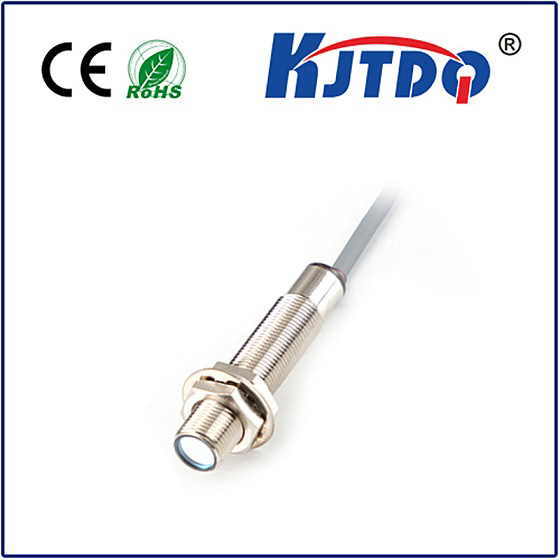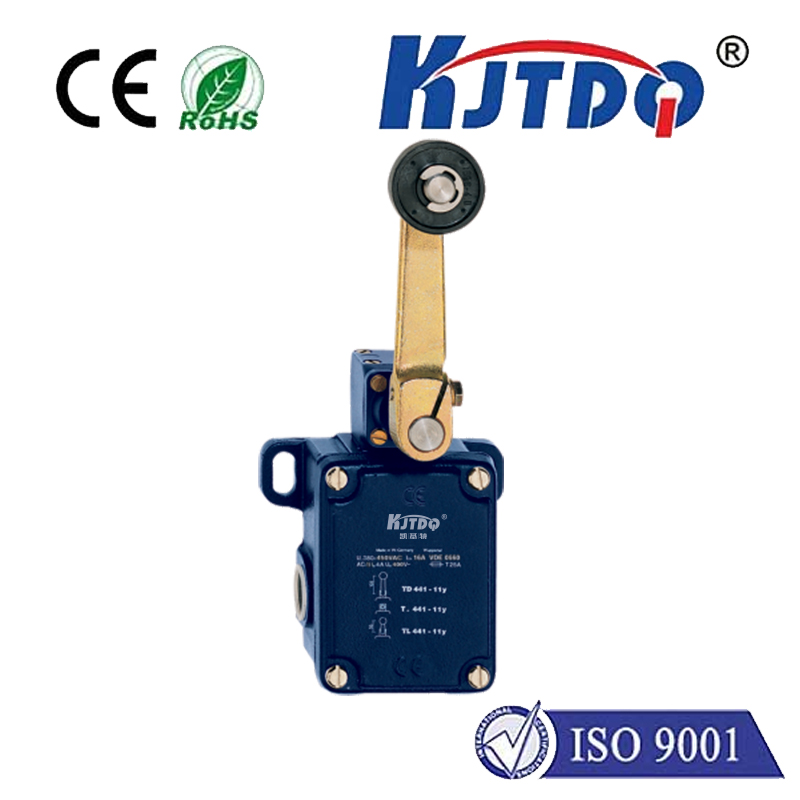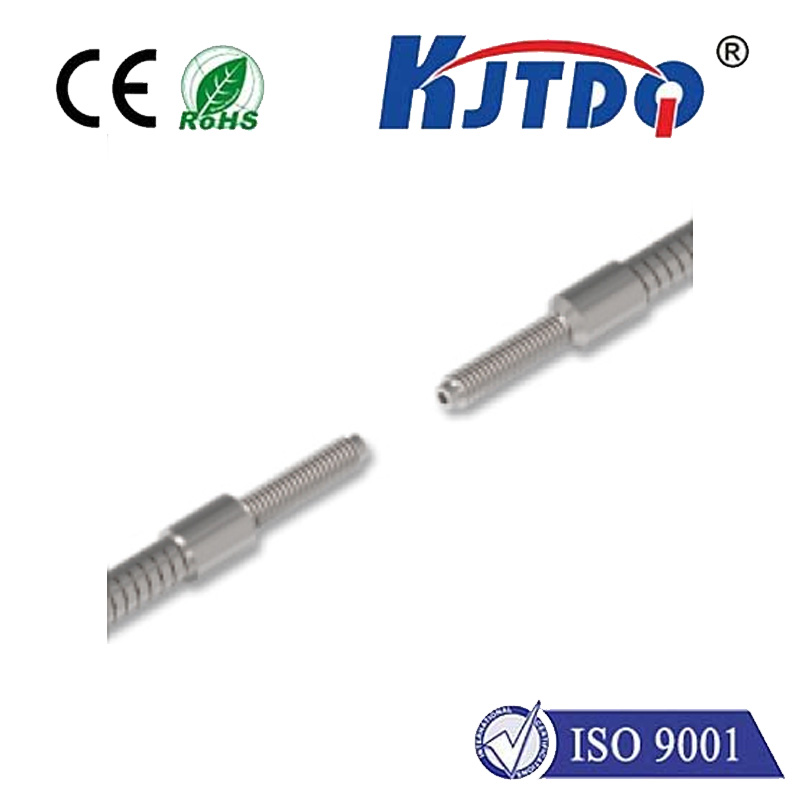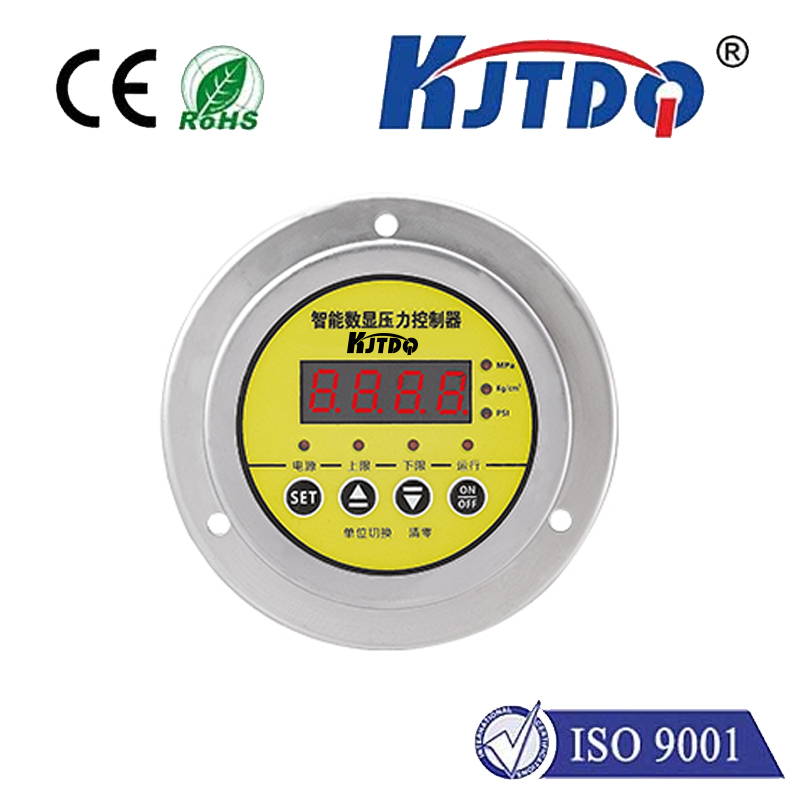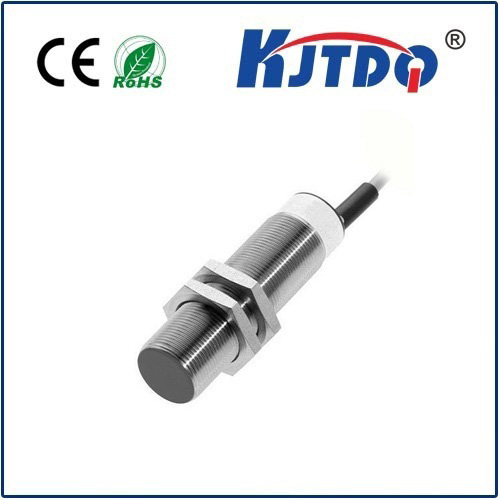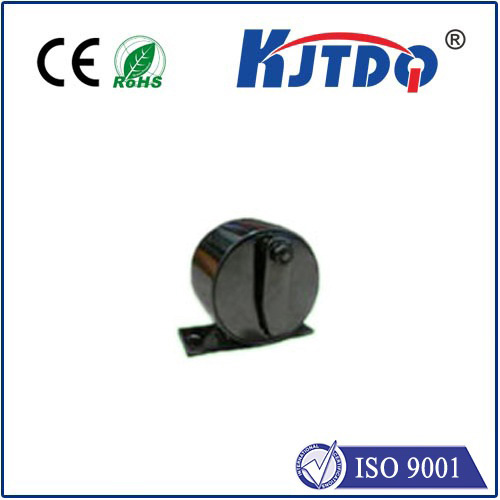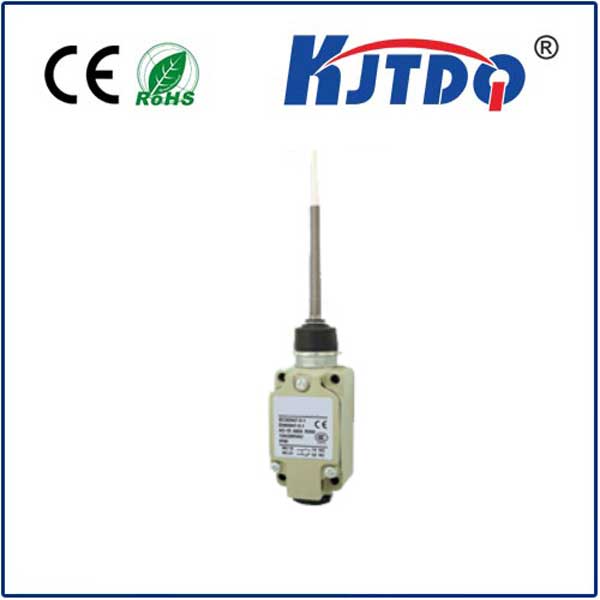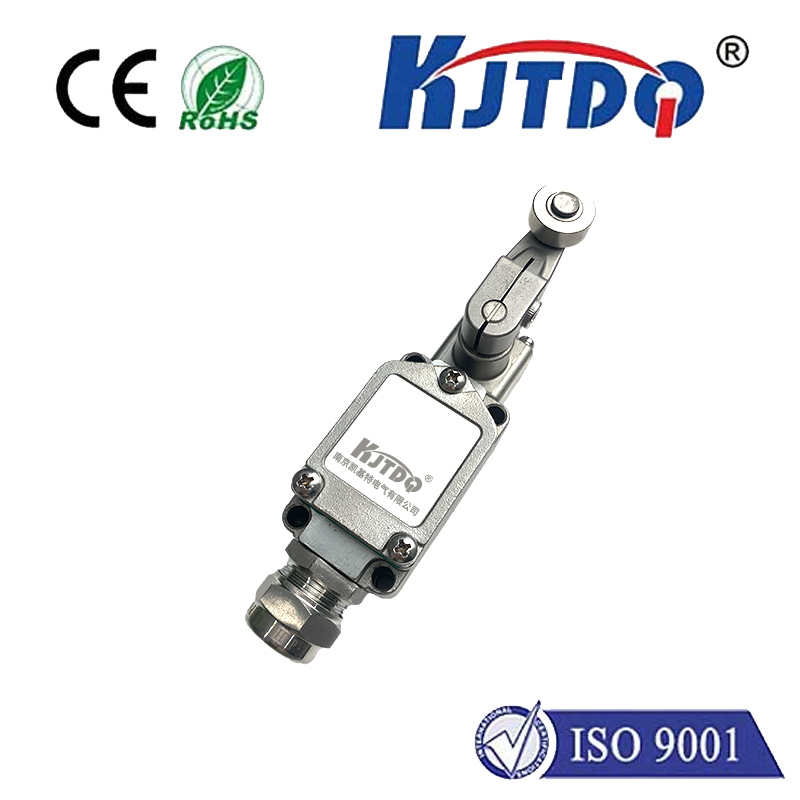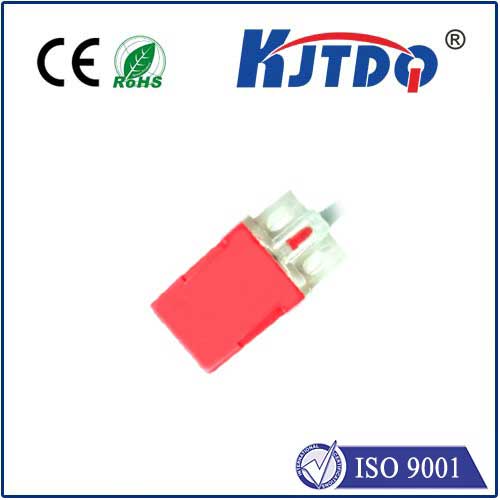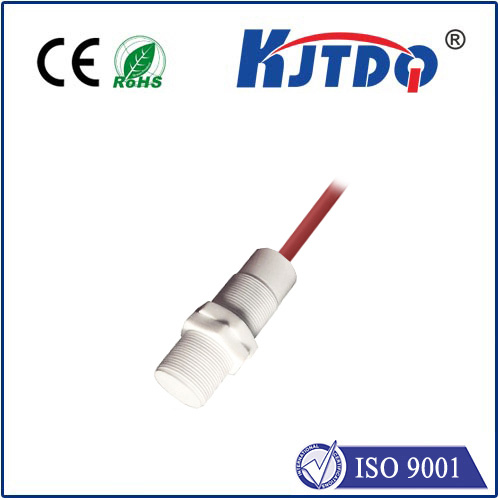

check

check

check

check

check

check

check

check

check

check
Title: "Unleashing the Power of the TM 1704 Switch: Revolutionizing Connections"
Introduction
In a world where innovation and efficiency are key drivers of progress, technological advancements are continuously shaping the way we interact with each other and our environment. Among these advancements lies the TM 1704 switch, a powerful electronic component that has revolutionized the field of connectivity. This article aims to provide an in-depth overview of the TM 1704 switch, highlighting its unique features, applications, and impact on various industries.
Features and Functionality
The TM 1704 switch, also known as a tristate logic gate, is a versatile device that can be used to create complex digital circuits by controlling the flow of current through a single pin. It is designed to operate in high-voltage environments and can handle currents up to 5 A. The switch has three states: normally closed (NC), normally open (NO), and inverted (IN). When a voltage is applied to the gate terminal, it connects the input and output pins in either the NO or NC state, depending on the direction of the input signal. By combining multiple TM 1704 switches, engineers can create highly intricate digital circuits capable of performing a wide range of functions.

Applications
The versatility of the TM 1704 switch makes it a valuable asset in numerous industries, including:
1. Telecommunications: The switch is commonly used in telephone systems and network equipment due to its ability to control the flow of data and signaling signals. It is also used in wireless communication networks, enabling devices to transmit and receive information over long distances.
2. Automation and Control Systems: In industrial automation, the TM 1704 switch is used to control the power supply to various equipment, such as motors and pumps. It can also be used in safety systems, where it is programmed to turn off power in case of emergencies.
3. Computing: The switch can be integrated into microcontrollers and other computing systems, allowing for the creation of sophisticated embedded systems with advanced digital capabilities.
4. Medical Devices: In medical applications, the TM 1704 switch is used to control the flow of oxygen and other gases in breathing apparatus and other medical devices.
5. ASIC Design: The switch can be used in Application-Specific Integrated Circuit (ASIC) design, where it helps to reduce complexity and increase efficiency in the design process.
Impact on Industries and Society
The introduction of the TM 1704 switch has had a significant impact on various industries and has paved the way for further advancements in technology. It has enabled engineers to create more complex digital circuits, improving the performance and functionality of various devices across different sectors. Additionally, the switch's compatibility with high-voltage environments has made it safer and more efficient than traditional electronic components, leading to improved safety standards in industrial settings. As technology continues to evolve, it is likely that the TM 1704 switch will play an increasingly important role in shaping our world.
Conclusion
The TM 1704 switch is a remarkable invention that has transformed the landscape of electronic connectivity. Its versatility, reliability, and efficiency have made it a valuable tool for engineers and developers around the globe. As we continue to explore new frontiers in technology, it is clear that the TM 1704 switch will remain at the forefront of innovation, driving progress and shaping our future.
